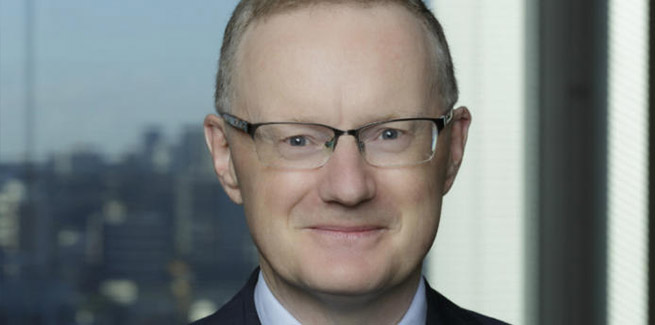In an address to the Australian Business Economists on Tuesday (16 November), Reserve Bank of Australia (RBA) governor Philip Lowe reflected on the recent movements in inflation and the consequences for the central bank’s monetary policy.
After it rose faster than expected in the September quarter, the RBA has forecast annual underlying inflation will reach the middle of its 2 to 3 per cent target band by the end of 2023 – which would be the first time in close to seven years.
As at September, the trimmed mean (which excludes extreme price rises and falls) for annual underlying inflation just stepped inside the range, increasing to 2.1 per cent.
The Reserve Bank had previously set the target range as a prerequisite for raising the cash rate from its current historic low of 0.1 per cent.
Despite recent market speculation that the cash rate could rise as soon as next year after the inflation developments, Dr Lowe reaffirmed the central bank’s recent denial of a 2022 move.
“I can’t rule that out because it doesn’t have zero probability, but it has a very low probability because it would require wages growth to pick up very substantially and probably above 3 per cent,” he told attendants at the Sydney event.
For the Reserve Bank to be satisfied that inflation is sustainably within its target, wages will need to be growing at around 3 per cent or over, in contrast to the expected moderate inclines.
The RBA’s central forecast for the Wage Price Index is that it will increase by 2.5 per cent over 2022 and 3 per cent over 2023.
Unemployment is projected to trend lower following the end of lockdowns across the country, to reach 4 per cent by the end of 2023 – which hasn’t been under that level since the 1970s. The borders will also reopen, with the impact on labour supply to be seen.
“It is possible that faster-than-expected progress continues to be made towards achieving the inflation target. If so, there would be a case to lift the cash rate before 2024,” Dr Lowe said.
But the economy and inflation would have to “turn out very differently” from the RBA’s central scenario for the board to consider an uptick in interest rates next year, he added.
As Dr Lowe put it, it is highly unlikely that Australian workers will see wages reverse their decade-long decline in the next six months.
The Reserve Bank has watched sharp wage rises in the US and the UK, where the pandemic had a greater effect on the labour market and employers have subsequentially fought to recruit and keep employees, in what has been hallmarked as the “great resignation”.
The result is more upward pressure on wages and inflation, Dr Lowe noted, but Australia hasn’t followed suit as COVID-19 didn’t have as strong an effect on labour supply.
“Our business liaison suggests that most businesses retain a strong cost control mindset and are seeking to use measures other than raising base wages to attract and retain staff,” Dr Lowe said.
“There are some jobs that are in very high demand where wages have increased, but we are yet to see a broad-based pick-up in wages growth.”
At the same time, underlying inflation is expected to be 2.25 per cent over 2022 and 2.5 per cent over 2023.
However, the next cash rate movement may still align with the RBA’s previous estimate of 2024.
“As I have said, much will depend upon the trajectory of the economy and inflation at the time,” Dr Lowe said.
“It is still plausible that the first increase in the cash rate will not be before 2024.”
Lowe concerned with escalating mortgage debt
Dr Lowe also nodded to APRA’s recent moves to curb risky lending in the housing market.
The RBA had worked alongside APRA to monitor the housing market, with the prudential cop raising the minimum serviceability buffer rate in October.
Dr Lowe welcomed the intervention, but noted more steps may need to follow.
“I would be worried if household debt continues to grow at say, double digit rates and incomes are growing 4 or 5 per cent,” Dr Lowe said.
“Households in Australia already have high levels of debt relative to income. I think we’re building up medium term risks. If we are in a world where household debt is persistently increasing at 10 per cent a year, incomes are growing at 4 or 5, that’s problematic.”
However, as the Reserve Bank strives to achieve full employment and to raise inflation to around 2.5 per cent, borrowers will be impacted by higher rates.
“No hurry, we’re patient, but if we’re successful, interest rates will go up. The people who are borrowing today need to remember that,” Dr Lowe said.
[Related: Most borrowers ready for a rate rise: RBA]

